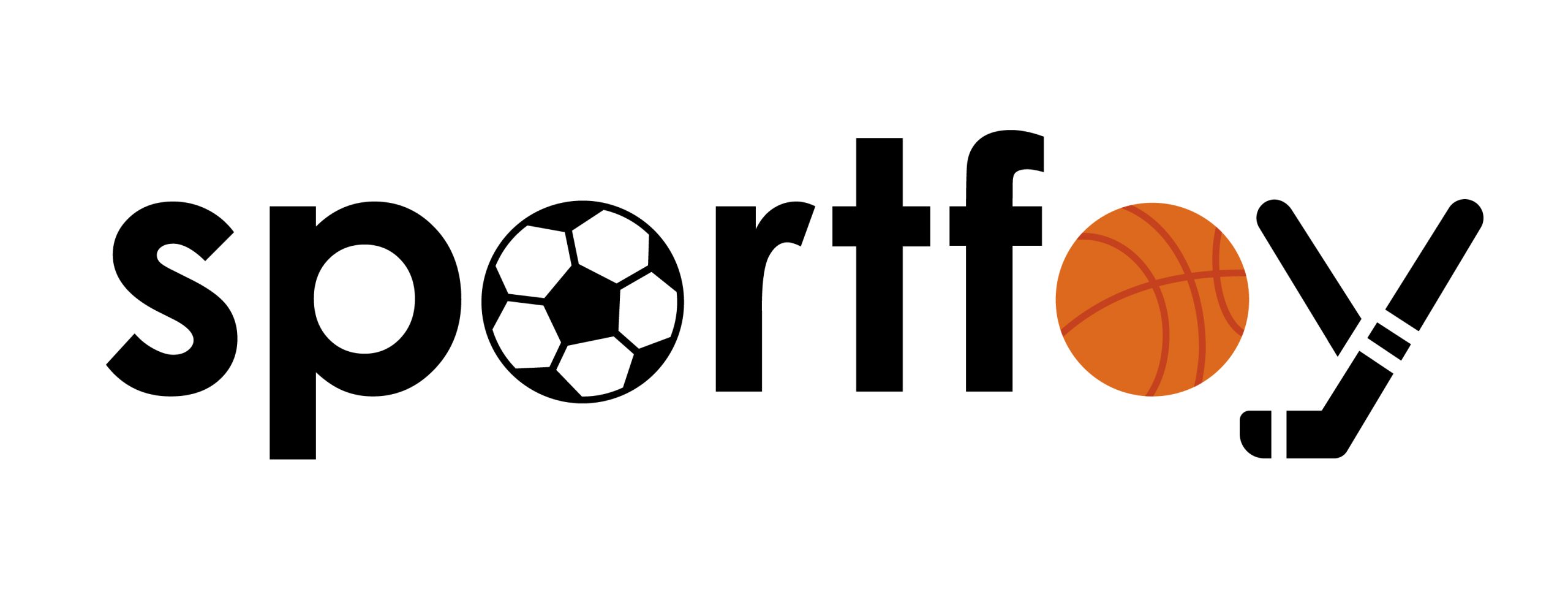US Colleges That Aren’t Financially Worth Applying To
A diploma is probably the most expensive piece of paper you will ever own. Obtaining a degree comes at a high cost. You are not only investing time, energy, and effort; you are also investing an incredible amount of money. While we all recognize the importance of a good college education, it’s also essential that you choose an institution that can provide a good return on your investment. If you are researching potential universities and colleges, you may want to rethink the following schools. They are among the institutions with the worst return on investment for the tuition they cost. That being said, read on to find out how you can apply wisely for the next four years of your life.
Benedict College
Formerly a teacher’s college, Benedict College is now a liberal arts college. The campus is located in the big city of Columbia in South Carolina. It is home to 2,247 of the Benedict College Tigers and supporters, who pay $124,000 for an undergraduate course.
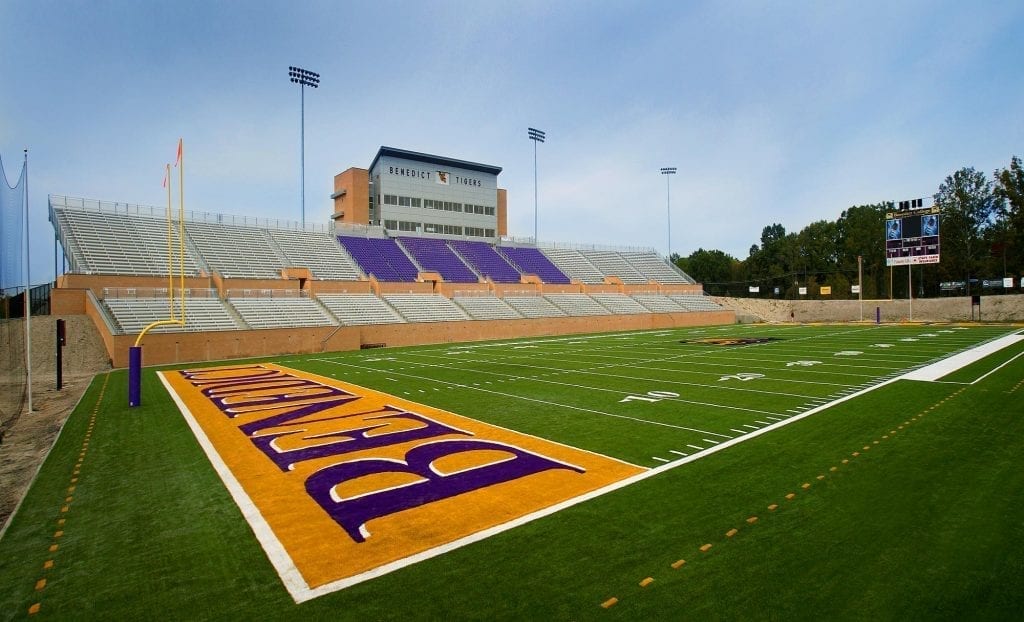
For a 4-year degree, Benedict College’s return on investments is at -$105,600 for the scant 22% of students. The school offers 24 baccalaureate degree programs and one master’s program. It was founded in 1870 by Bathsheba A. Benedict.
Paine College
Paine College is a private Methodist school in Augusta, Georgia. It has recently faced financial issues, causing the Southern Association of Colleges and Schools to claim that the school should be rid of their regional accreditation. This may make you think twice about enrolling at Paine.
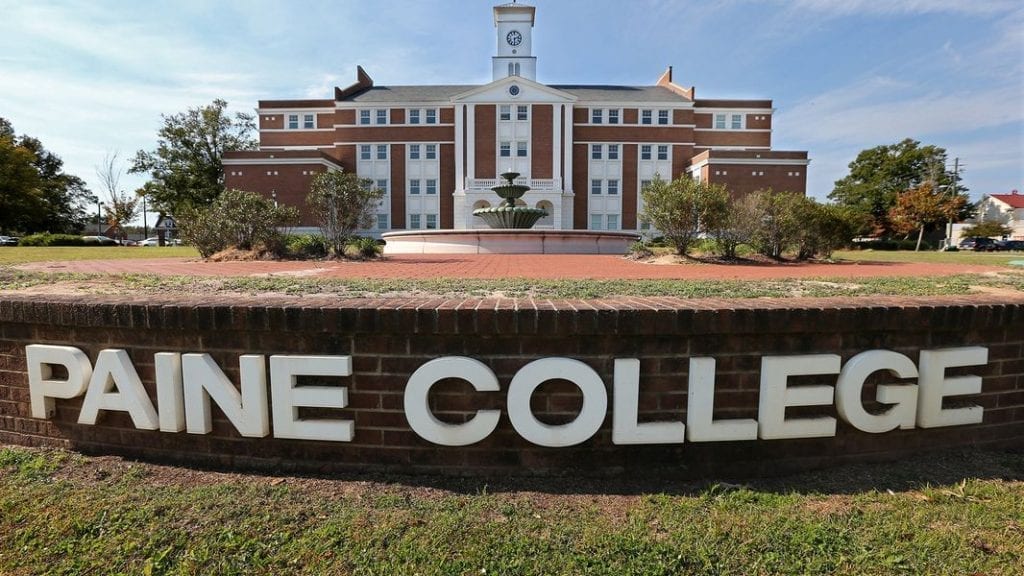
According to Payscale, Paine graduates are also not receiving the best out of their money and are ending up in student debt. The university’s tuition fee is at $16,069 a year for the 2019-2020 academic year, yet its ROI is at -$94,700 over 20 years. This is a burden on the 20% of students that graduate.
University of Montana Western
This university’s selling point is that they are located right between the scenic Yellowstone and Glacier National Parks, offering an “experiential education” with a view. The graduation rate from UMW is 46%, which is quite high, yet should be considered against their ROI.

UMW’s return on investment is at -$71,400. The UMW Bulldogs study in a 20-acre campus which hosts over 1,350 undergraduates. Among many other courses, the university’s most popular majors include Social Sciences, Business Management, and Natural Resources and Conservation.
Unity College
Located in Unity, Maine, this college prides itself on being environmentally-friendly. They place focus on sustainability, natural resources, and environmental studies. However, all this emphasis on the environment will not be able to return your investments.
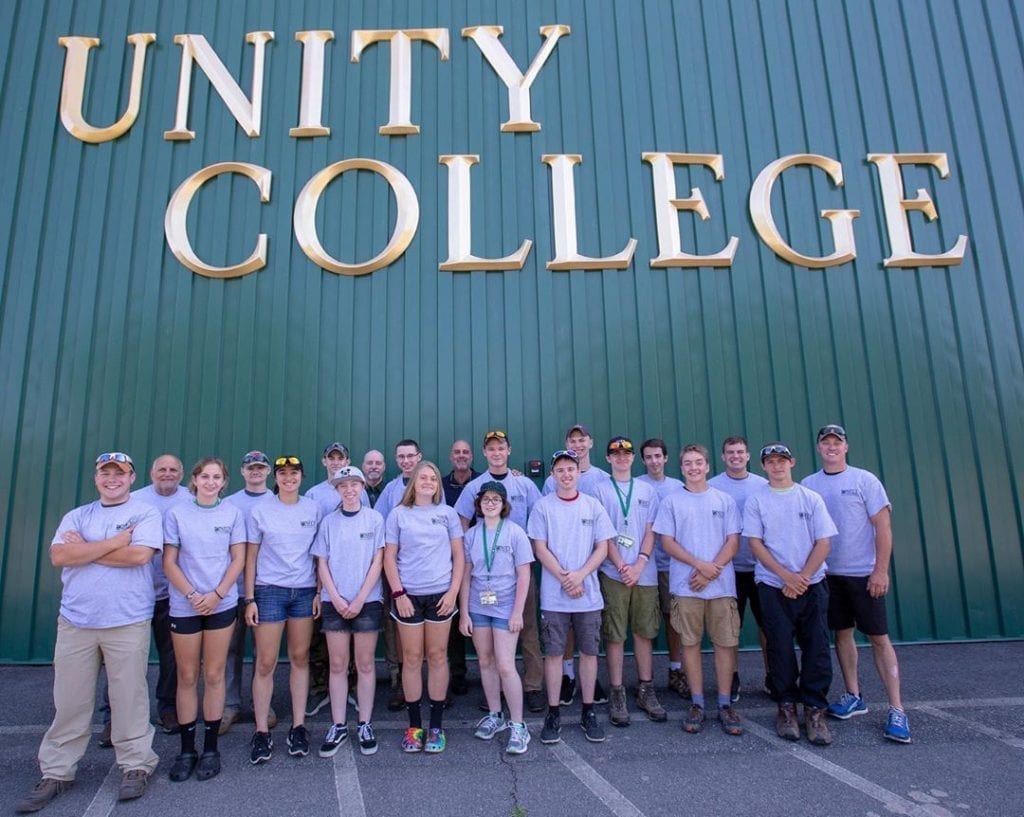
Unity College is situated on a 225-acre campus. Tuition at the accredited university costs $151,000, yet the ROI is at -$82,100 over 20 years and only 54% of the Unity College Rams and supporters graduate each year. The college is a private institution founded in 1965.
Wheelock College
This school was formerly known as Miss Wheelock’s Kindergarten Training School, founded by Lucy Wheelock. It merged with the School of Education at Boston University and has now become a college of education studies operating at the school’s Fenway Campus.
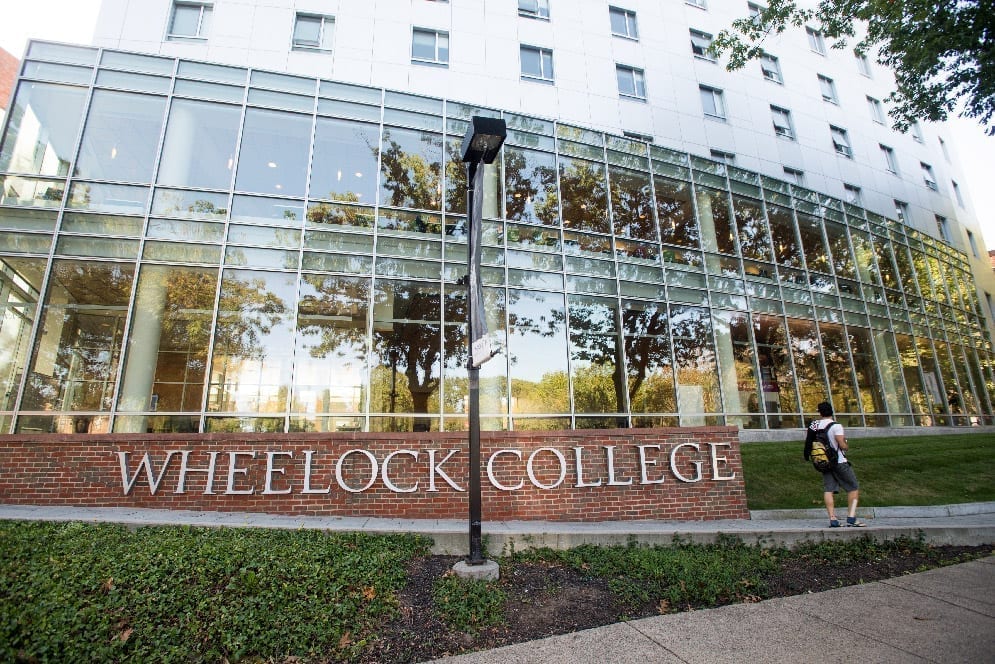
Tuition at Wheelock will set you back $201,000. They offer various choices in undergraduate, postgraduate, and doctoral courses in Education. However, considering that teachers’ salaries are low after graduation, the ROI is -$140,700 over 20 years.
Morris College
Founded in 1908, this historically black liberal arts college boasts the motto “Intrare Libris, Dispartire Servire.” In English, this directly translates to “Enter to learn, depart to serve.” Students enrolled here pay roughly $92,200 for a 4-year undergraduate degree.

Unfortunately for the home of the Morris College Hornets, the return of their investments lie at a negative number of -$106,800 over 20 years. This is definitely not worth it considering the amount paid on tuition. Despite the college producing graduates that serve the society in which they work, it seems the institution doesn’t do the same in serving their students.
Wilson College
Wilson College is located on a 300-acre campus in south-central Pennsylvania. They are a considerably small college with a total enrolment of 790 students in 2010. The school has been around for 144 years and was an all-women’s liberal arts school up until 2013.

It is not exactly competitive to get into Wilson, with an acceptance rate at a high 92%. The college will set you back six figures with its $156,000 tuition fee. However, the return on investment over 20 years falls at -$86,700.
Talladega College
Talladega College was founded in 1867. They are now famed for their marching band, the Talladega College Great Tornado, which even performed at the 2017 presidential inauguration parade. It costs $88,200 to enroll here, but the ROI will set you back negative amounts over the next 20 years.
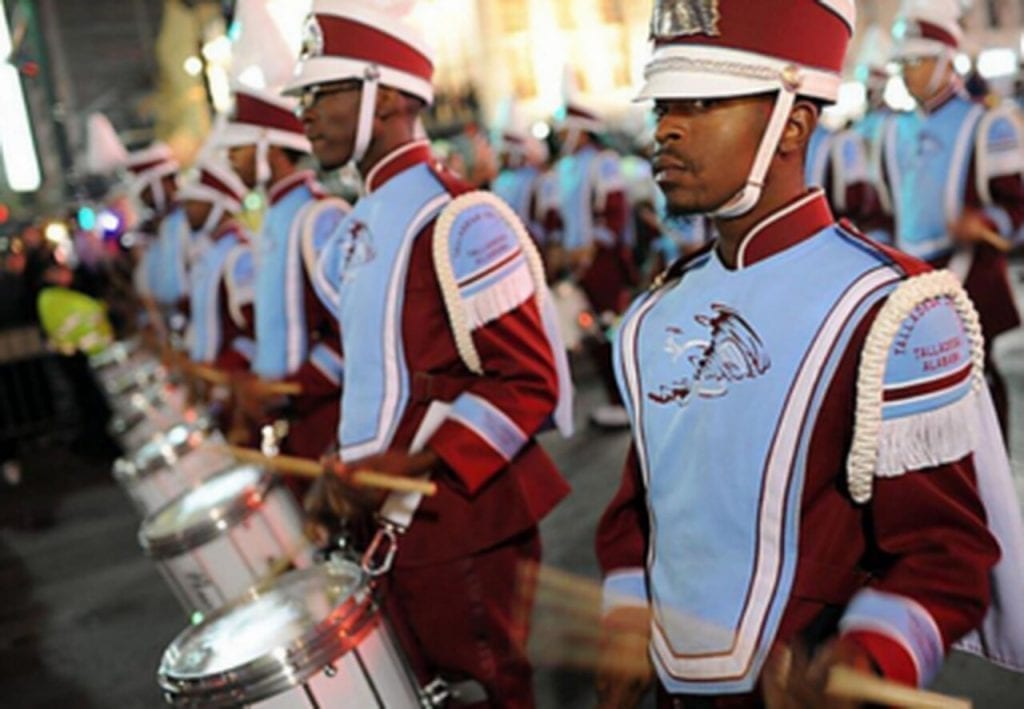
Unfortunately for the 43% of students that graduate from Talladega College, they will have a return on investments of -$156,900. The university provides a variety of majors, including Biology, English, Fine Arts, and Mass Media Studies, as well as an online Masters in Computer Information Systems.
Emmanuel College
Not to be mistaken with Emmanuel College in Cambridge University England, this college in Franklin Springs, Georgia, celebrates its 100th anniversary this year. They are affiliated with the International Pentecostal Holiness Church. The school offers multiple degrees, including marketing, psychology, recreation, and Christian ministry.

There is a 28% graduate rate from Emmanuel College. Students pay a tuition of $112,000 for a 4-year degree, and 97% of students receive financial aid. Emmanuel is a small institution, with 811 undergrads as of the 2018-2019 academic year.
Voorhees College
Originally the Denmark Industrial School, Voorhees College was founded in 1897 by Elizabeth Evelyn Wright and Jessie Dorsey. There are roughly 600 students enrolled in the college based in Denmark, South Carolina. Voorhees generally receives good student reviews, but little is to be said about life post-college.
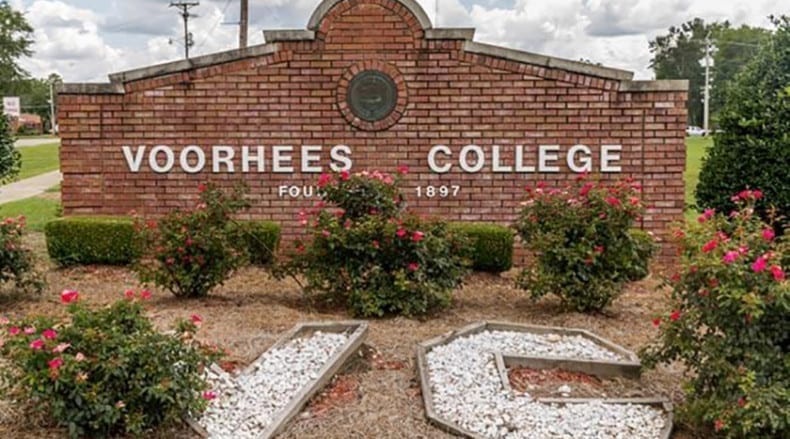
Despite a $97,000 tuition, which may not be as costly as some of the other colleges on this list, the ROI from graduating Voorhees is a 6-digit negative of -$153,400. In addition to this, only 26% of students graduate, and that’s within 4 to 6 years.
Campbellsville University
This private institution was found in 1906 and is located next to Green Lake in Campbellsville, Kentucky. Its campus, adjacent to the outdoors, consists of Schools of Art, Music, and Education. Tuition at Campbellsville costs $143,000, but graduates are sadly in debt for roughly half of that amount.
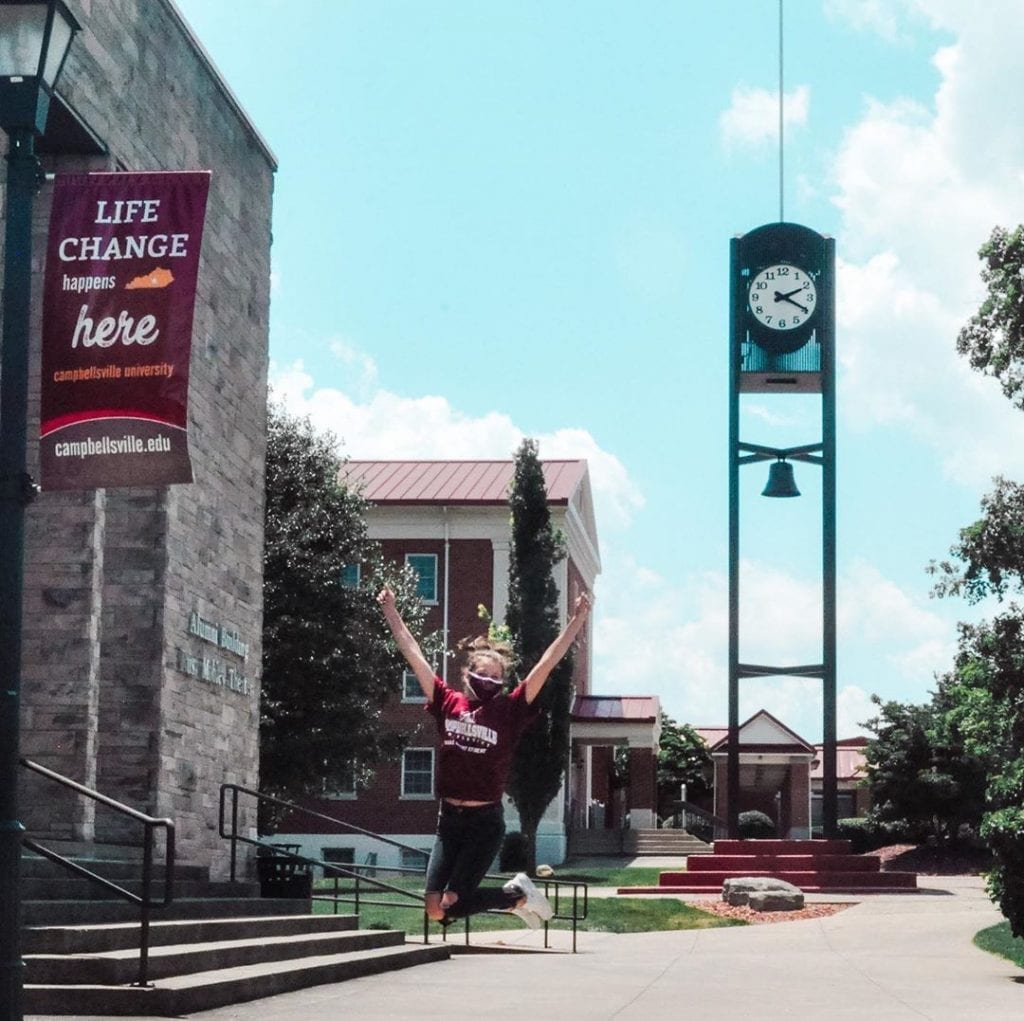
Campbellsville offers a variety of undergraduate, postgraduate, and doctorate degrees. They accepted 70% of applicants in the Fall of 2019, all of which attend small classes with fewer than 20 students each. The institution is Baptist-affiliated and is an accredited school.
Stillman College
Located in the college town of Tuscaloosa in west-central Alabama, Stillman is a private liberal arts school. It is a small college, with only 615 students enrolled in 2018. The tuition fee at Stillman will set you back $98,700, but the return on investment is at -$80,400 over 20 years.

Only 23% of Stillman students graduate with their degrees. Popular majors in the college include Business Administration, Biological Sciences, and Teacher Education. These are taught in relatively small classes, which may be appealing for some. Stillman also boasts the athletic teams Tigers and Lady Tigers.
St. Andrew’s University
The small town of Laurinburg, North Carolina, is home to the charming campus of St. Andrew’s University. The campus ground is so picturesque that it has a lake flowing down the middle. However, in the grand scheme of things, a scenic location does not contribute to graduates’ life after graduation.

St. Andrew’s alumni end up in debt for just over half of their $167,000 tuition fee, with an ROI of -$98,800. According to Niche, the university has a 41% acceptance rate, and 96% of students receive financial aid. Most major in the liberal arts, business, and sciences.
Rust College
Rust College is one of 10 historically Black colleges that are still in operation. It is also the second-oldest private school in Mississippi. Tuition is $63,400, including room and board, which is by far the least amount that students pay on this list.
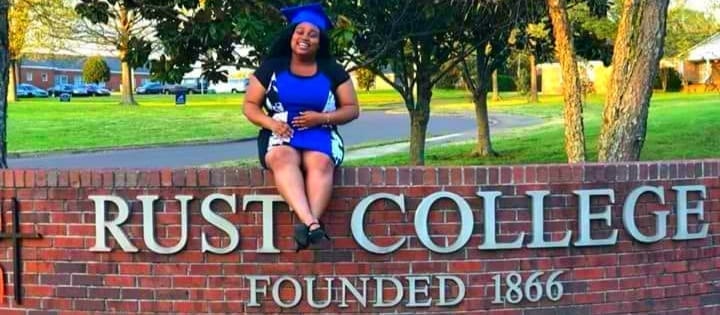
Despite the economic costs, Rust College graduates will be in debt for more than they paid for. The 28% of students who do graduate will have an ROI of -$97,100. Rust has an acceptance rate of 53%, and 98% of students who enroll receive financial aid.
Miles College
The Miles College Golden Bears study on campus in Fairfield, Alabama. This liberal arts college has a staggeringly low graduation rate of 17% for the first time, full-time undergrads, completing the course between 6 to 8 years. Tuition for the college is roughly $90,200, including other costs.
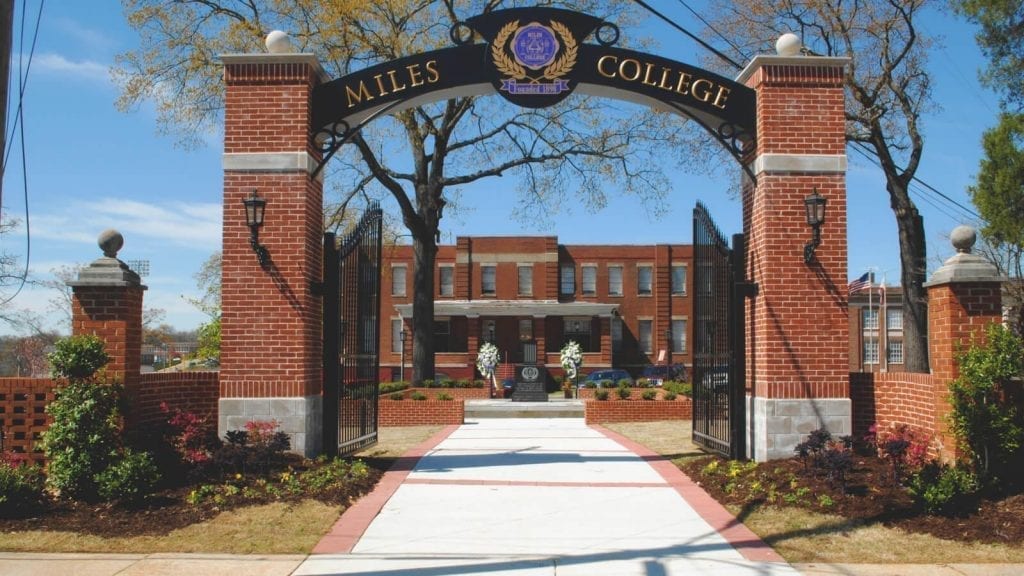
According to Payscale, the return on investments in Miles College is a high -$164,600 over 20 years. Alumni are again in debt for more than they paid. Acceptance rate at the college is 100%. Popular majors include Biology, Criminal Justice and Law Enforcement Administration.
Brewton-Parker College
Brewton-Parker College is located in the quiet town of Mount Vernon, Georgia, the population of which is roughly 2,451. The college’s 1,119 students make up half of the town’s population. The Brewton-Parker Barons play a range of sports, including baseball, soccer, and basketball.
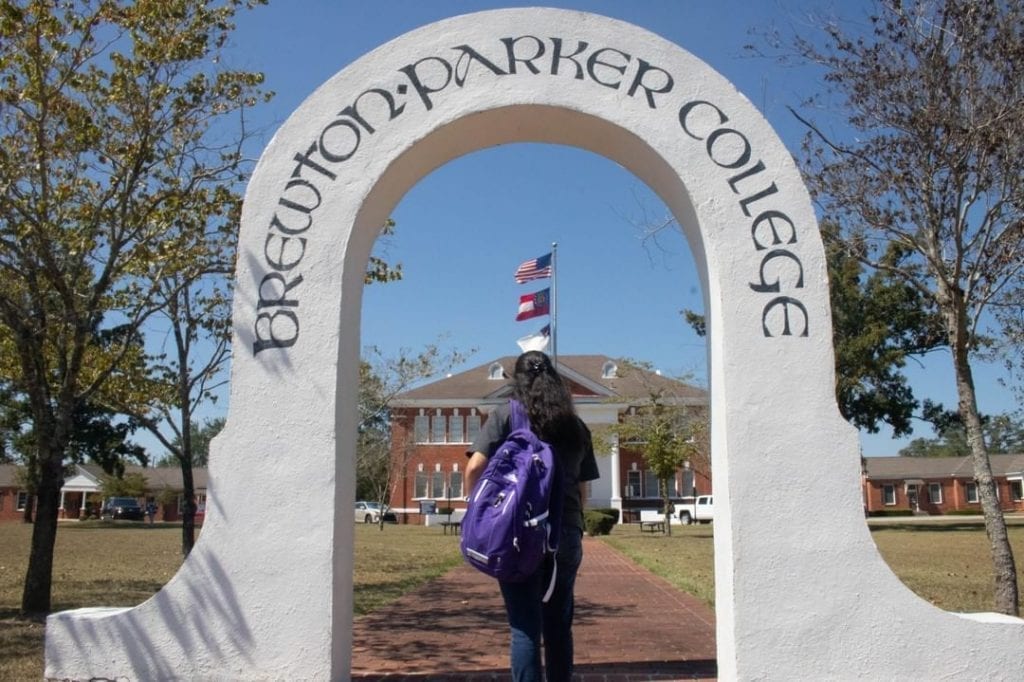
Tuition at Brewton-Parker costs $113,000 for a four-year degree. However, graduates’ return on investment is at a negative number of -$92,200. This applies to 25% of the students who graduate the college, according to the US Department of Education.
Lindsey Wilson College
This private United Methodist university is located in Columbia, Kentucky. Lindsey Wilson College prides itself on its athletic teams, which compete and win many championship trophies. Several Lindsey Wilson alumni have gone on to become professional cyclists and soccer players.
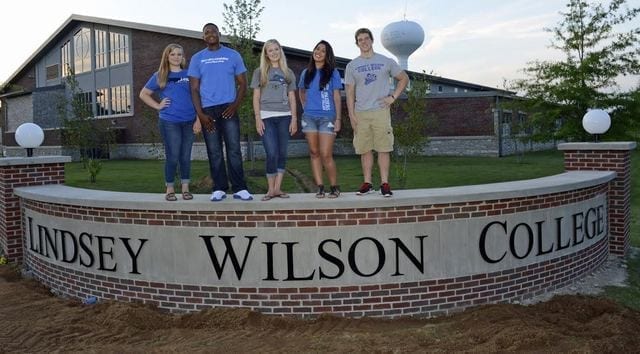
Despite these successes, graduates are still having to bear a negative ROI of $-160,800, according to Payscale. This is out of their $152,000 tuition, which pays for a 4-year course. According to the US Department of Education, 33% of Lindsey Wilson students actually graduate with degrees in Communications, Business, and Human Services, among many others.
Johnson University
Situated 12 miles east of Knoxville in Kimberlin Heights, Tennessee, Johnson University makes up a good portion of life in the small town. The university also has a second campus in Kissimmee, Florida. Johnson accepts 71% of its applicants. They also offer online certificates, associates, and bachelor’s programs.
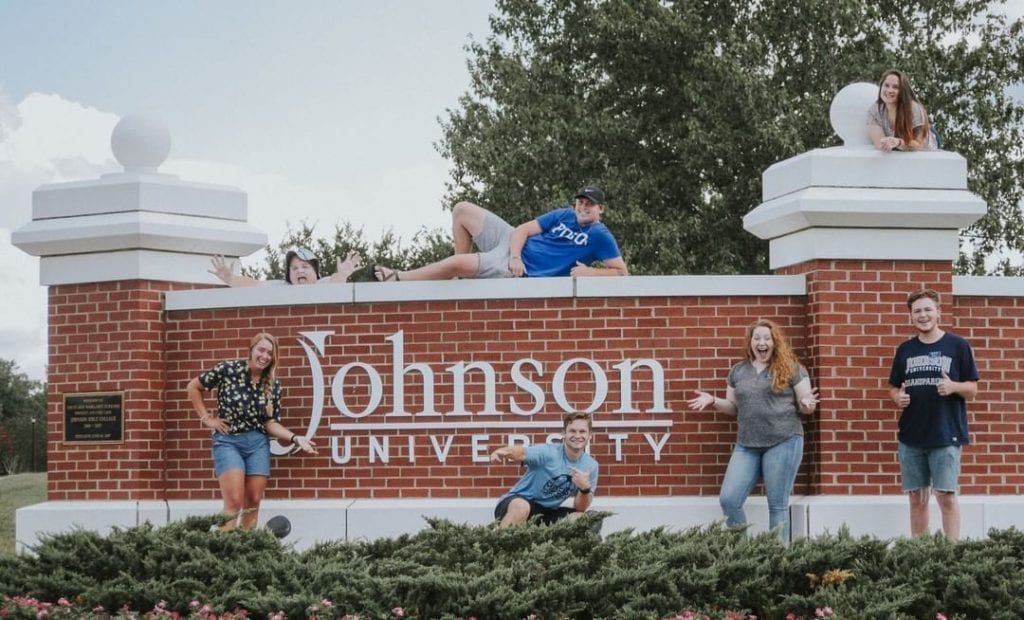
Tuition for a 4-year course at Johnson costs $89,800. The graduate rate is at 54%, with students completing their degrees in 4 to 6 years. Popular majors at the Christian university include Missionary Studies, and Divinity, Ministry, and Pre-Theology.
Montserrat College of Art
This New England art school was founded by fellow working artists. Montserrat’s teaching combines the arts and critical thinking, taught to only around 400 of the most skilled students. The school encourages creativity and specializes in visual arts subjects in particular.
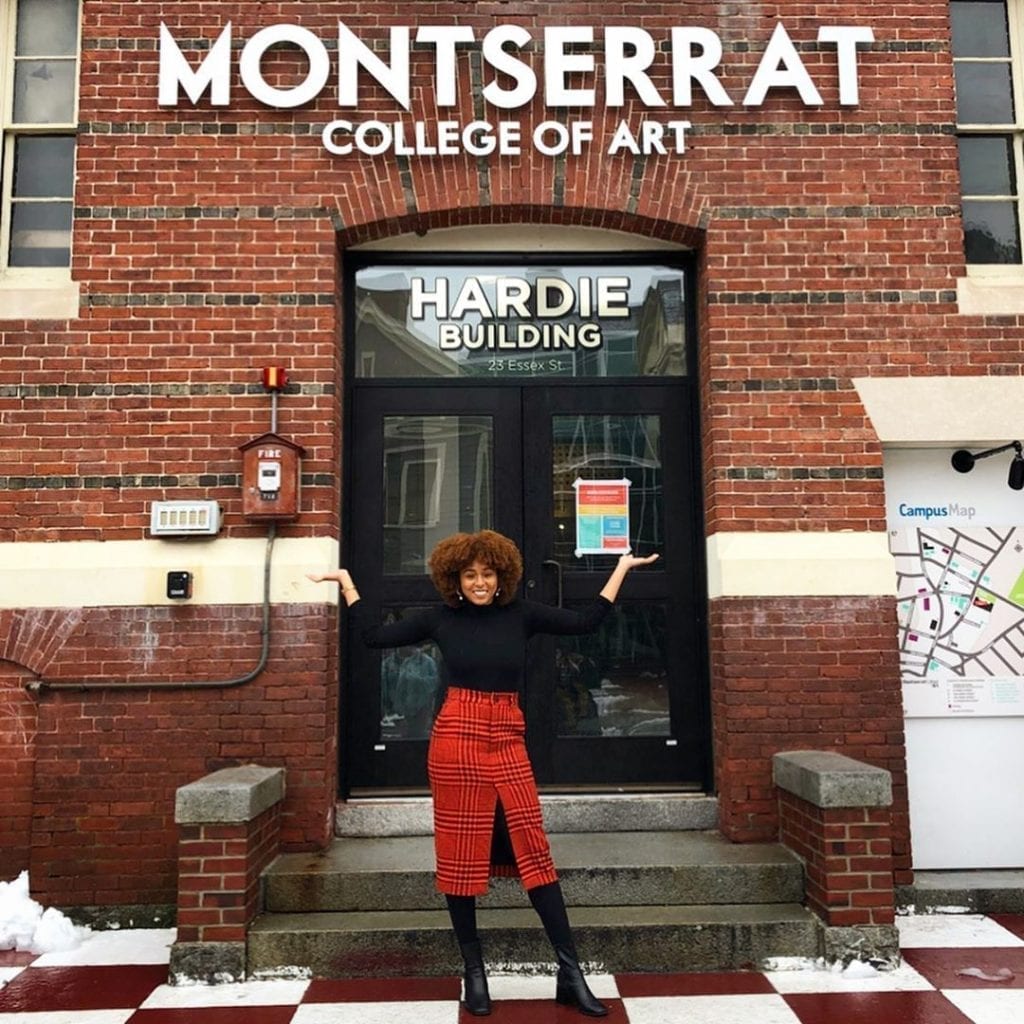
According to the US Department of Education, 47% of students graduate in 4 to 6 years. These students pay a tuition of $169,000, yet the return on their investments is at -$107,400. Choice majors at the arts college include Illustration, Liberal Arts and Humanities, and Animation.
Martin Luther College
Martin Luther College is operated by the Wisconsin Evangelical Lutheran Synod. It is a considerably young college compared to others on this list, only established in 1996. The Minnesota campus in New Ulm is lakeside and is geared towards more of the athletics students.
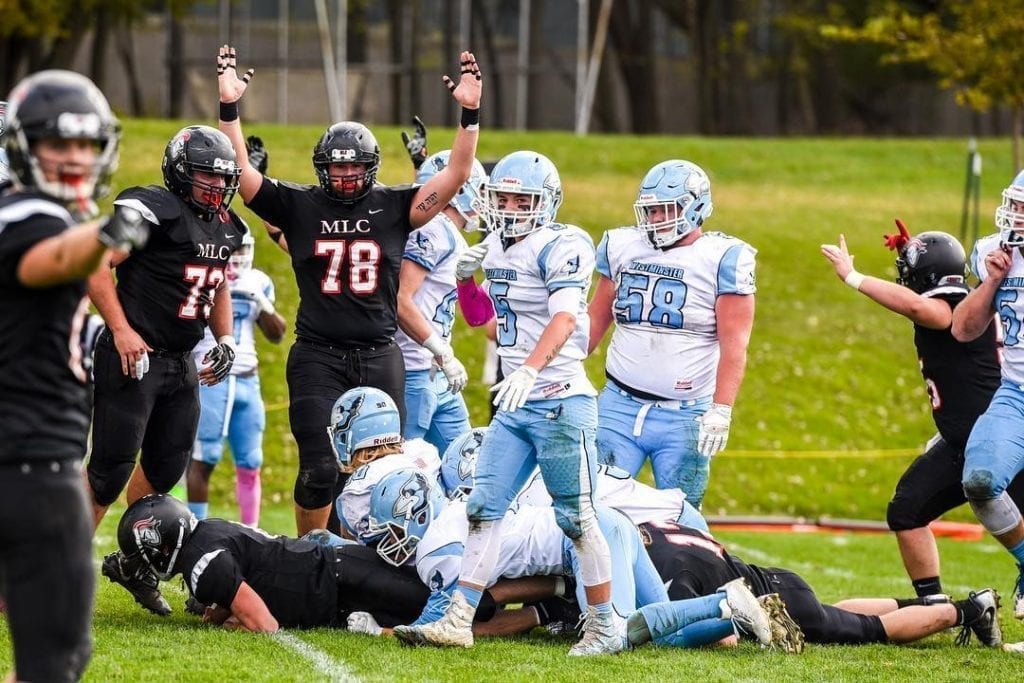
The college’s rules state that students must live on campus for all four years of their studies, meaning paying four years’ worth of room and board on top of the $93,300 tuition. With a cost, this high, alumni sadly have an ROI of -$123,200.
Emory & Henry College
No, this is not the same as Emory University in Georgia. That institution has a 91% graduation rate and an ROI of $452,000. This is Emory & Henry College in Emory, Virginia. It is the oldest private liberal arts school in Southwest Virginia and costs $179,000 over four years.
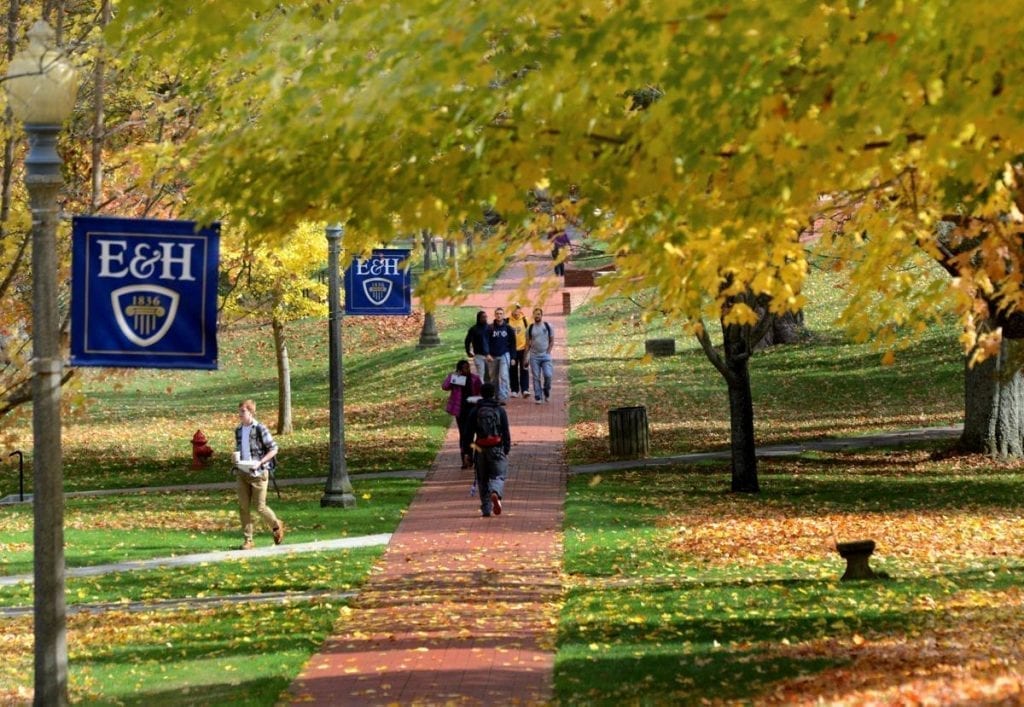
The college accepts 70% of its applicants, 52% of which go on to graduate. Unfortunately for these students, they face a negative return on their investment in the large sum of -$91,300, which isn’t a great value for money. Popular majors in the institution include Communications, Psychology, and Business.
Mississippi Valley State University
Situated in Itta Bena, Mississippi, this public university is renowned for its marching band and football team. In fact, MVSU alumni have gone on to be awarded spots in the professional football hall of fame. Tuition sets students back some $75,700, but the ROI is a negative of -$174,800.
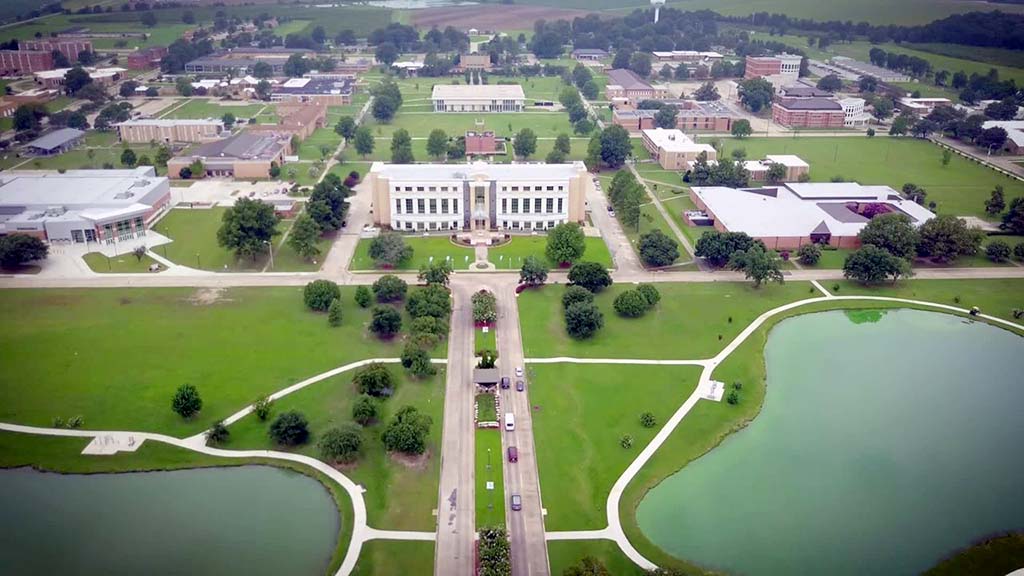
There are currently 1,517 undergraduates attending the university, taking on various majors such as Sport and Fitness Management and Business. The university accepts 86% of applicants. The graduation rate is at 61%, according to the US Department of Education. This percentage is relatively high on this list.
Maine College of Art
More popularly known as MECA, this art school specializes in studio arts and fine arts. With a tuition of $184,000, MECA is easily one of the most expensive colleges on this list. However, students don’t receive a return on their investments but rather lose about 10% of it yearly.
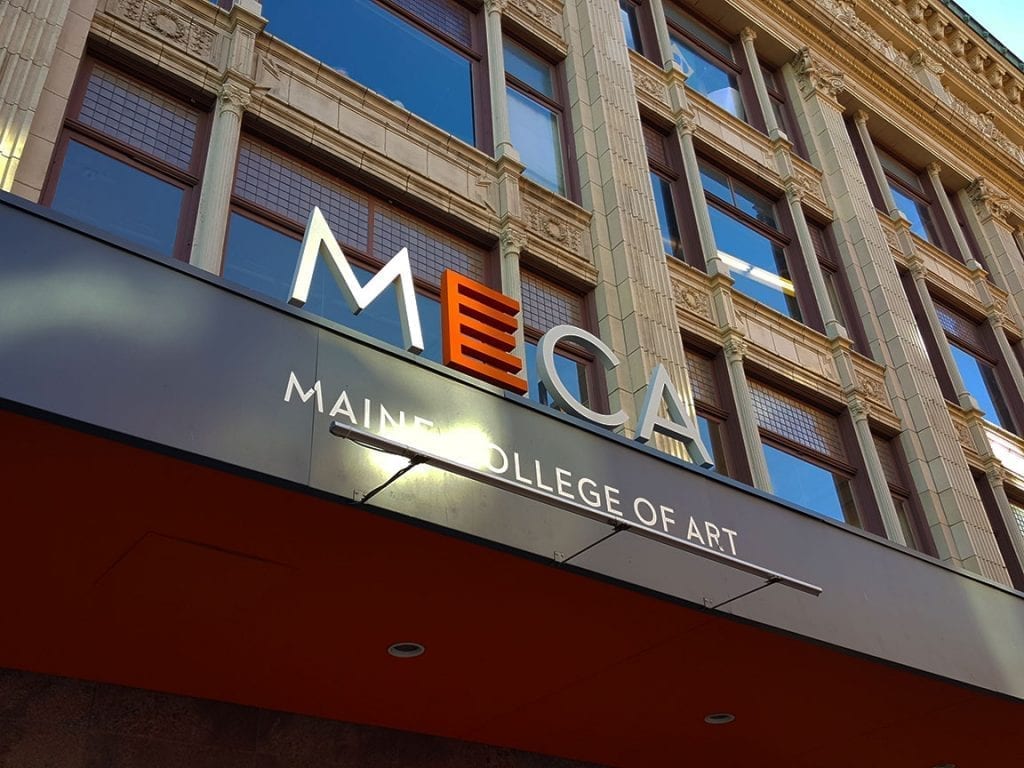
The MECA campus is surrounded by Maine’s beautiful forests, beaches, and lakes. Students study various visual arts majors, the most popular of which are Multimedia, Illustration, and Graphic Design. According to the US Department of Education, 56% of first-time full-time undergrads complete their degrees within six years.
Shaw University
Shaw University is situated in Raleigh, North Carolina. The institution was established back in 1865 and has since grown into a rather sizeable school compared to others on this list, with around 1,302 undergraduates enrolled in the 2018-2019 academic year.

Students at Shaw pay a total of $118,000 for a four-year course, but the return on their investment is a large -$93,600. This is born by the low number of 18% of students who graduate, according to the US Department of Education. Most students at Shaw study Kinesiology and Exercise Science, and Business.
University of Maine at Machias
The University of Maine at Machias is located in the town where the first naval battle in the American Revolution happened. With such a historical background, the university was also ranked as one of the best public comprehensive campuses in the northeast by US News and World Report.
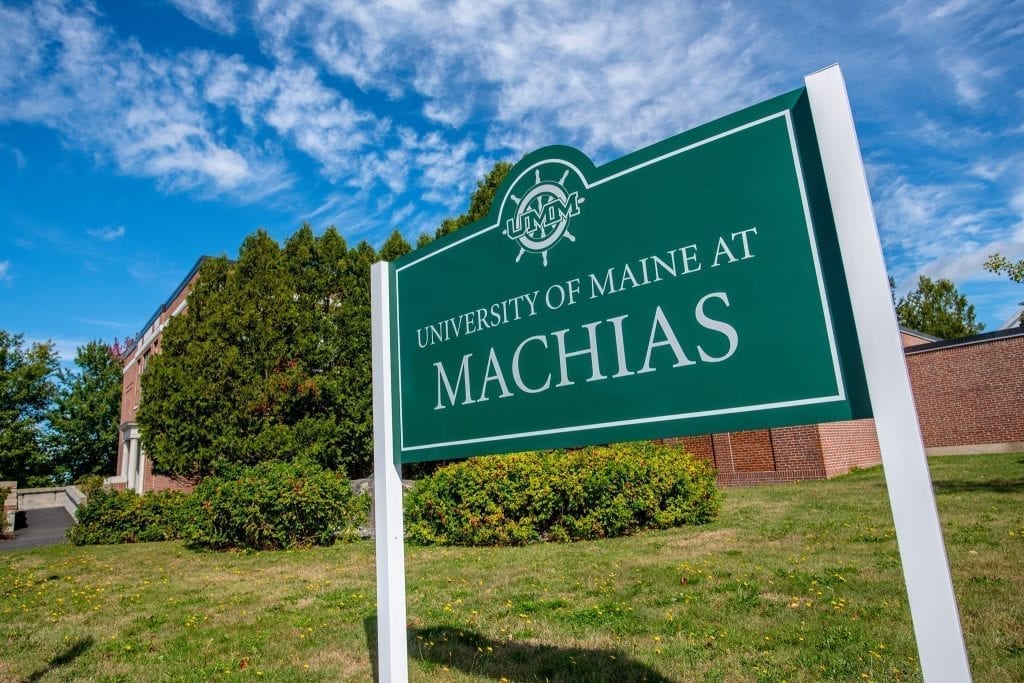
Tuition at this school is at $124,000 for those who enroll, which is essentially 100% of the university’s applicants. Popular majors here include Entrepreneurship, Community Psychology, and Liberal Arts and Humanities. They also offer online certificates, associates, and bachelor’s programs.
Saint Augustine’s University
This 122-acre urban campus can be found in Raleigh, North Carolina. It is a relatively small school with just over 970 students attending. For a four-year course, students pay a tuition of $129,000. However, a little over half of that investment is returned to them. The negative ROI of -$77,700 may be enough to make you reconsider applying.

Saint Augustine’s accepts 63% of its applicants. They have a graduation rate of 23% and are religiously affiliated with the Reformed Episcopal Church. The university is ranked 65th on the list of Regional Colleges South.
Claflin University
Claflin University was part of history back in 1884 when they awarded diplomas to two of the first black women to graduate college in the United States. The university itself was founded in 1869 and has since achieved the 9th ranking in the list of Regional Colleges South.
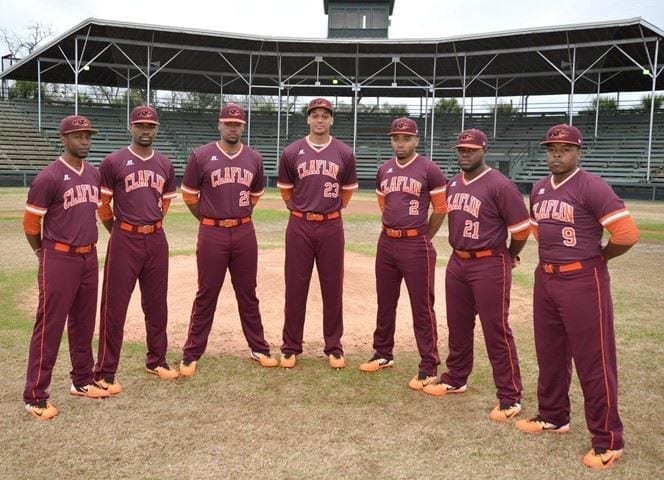
Students at the home of the Claflin University Panthers pay $128,000 for a full four-year course. However, they graduate in debt and enjoy none of the returns on their investments, which is a negative amount of -$133,900. According to the US Department of education, 56% of first-time full-time undergrads graduate from the university.
Cazenovia College
Located in the greater Syracuse area in Upstate New York, Cazenovia College is a small liberal arts college with only 915 undergraduates enrolled. This allows for more intimate, one-on-one teaching with students. Tuition for a four-year course is at a high $184,000, excluding other costs such as room and board.
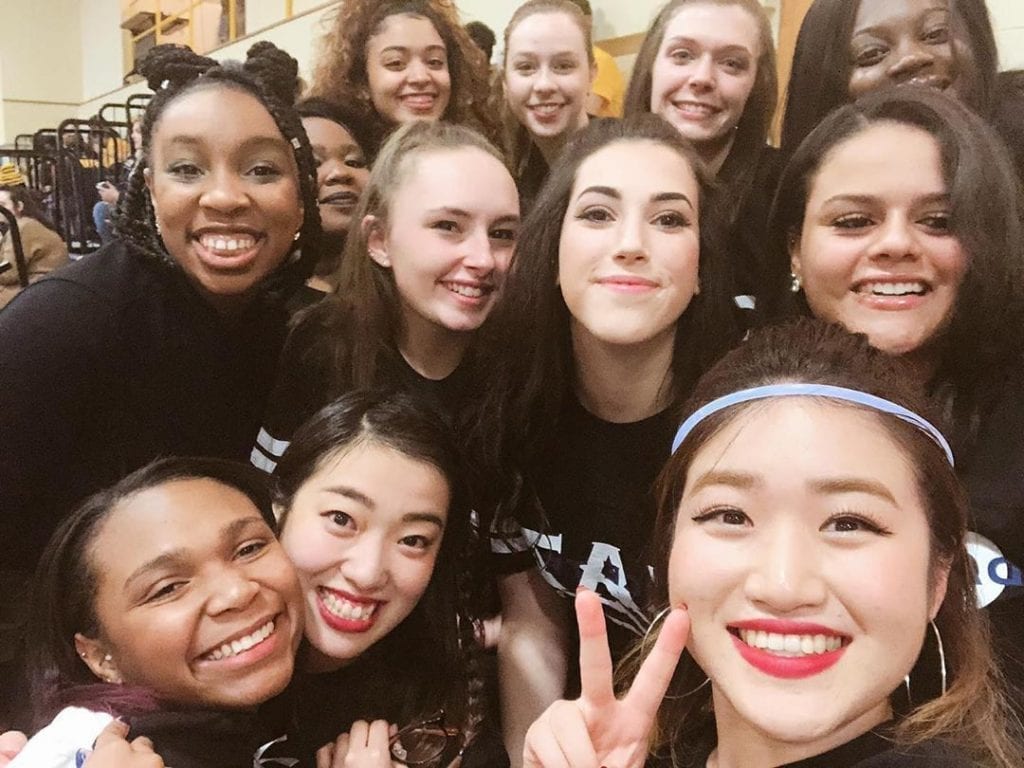
The US Department of Education states 41% of Cazenovia students graduate within six years. The college has an acceptance rate of 82%, and students study a wide range of subjects, among many other Business, Human Services, and Criminal Justice and Safety Studies.
University of South Carolina Aiken
The University of South Carolina Aiken is one of eight schools within the University of South Carolina group. The Aiken campus is the fastest growing, providing both undergraduate and postgraduate degrees. They are also on the top spot of the list of best regional Southern public colleges.
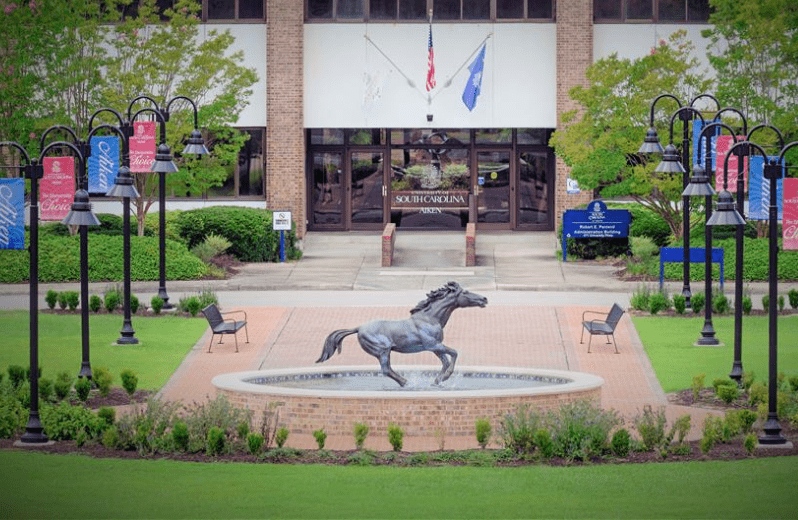
Tuition at Aiken is at $130,000, yet the return on investment is half of the said amount, at a negative -$66,000. Currently, a little over 2,600 students are enrolled, studying popular majors such as Nursing, Business, and Kinesiology, and Exercise Science. The university also offers online bachelor’s programs.
Columbia International University
This campus is located six miles away from Benedict University, which was previously mentioned on this list. Columbia International University is a private Christian college founded in 1993. Its undergraduate division was formerly known as the Bible College. According to usnews.com, total enrolment at the university is at 621.

Students pay a tuition of $133,000 but see most of it go down the drain after graduation as the return on investment is -$115,700. Despite this loss, the college is still ranked at #42 in the list of Regional University South. It remains competitive, with an acceptance rate of only 33%, which is the lowest acceptance rate we have seen on this list.
